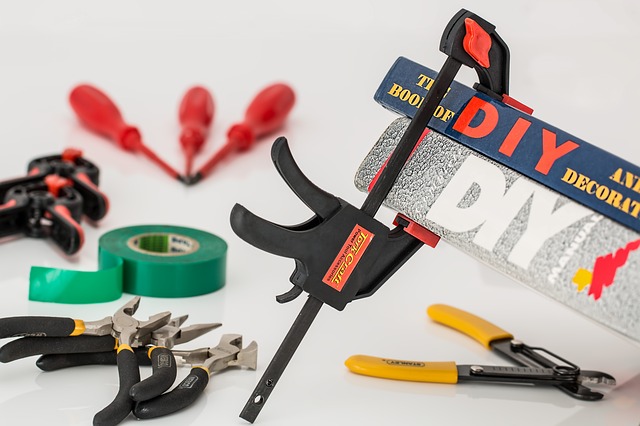
Brick masonry adds a unique style to your home. It offers striking color contrasts in a variety of natural colors and is very energy-efficient. This will help reduce your home's heating/cooling costs. Brick masonry walls are not only beautiful but also durable and easy to maintain. This makes them a great choice if you have a busy family. Brick is also a sustainable building material that can be used in many other ways.
Forms of brick masonry
There are two main types in brick bonding: header and stretcher. The first is the most popular type of brick bonding. This type of bonding uses headers to cover stretchers below. Then, stretchers are placed on top. This type is used to create a pattern where each course aligns with the previous. The other common bonding technique is called a queen closer, which breaks the continuousness of the vertical joints and is commonly used at corners in brick walls.

Materials used for brick masonry
Bricks as well as cinderblocks are some of the most used masonry material. Bricks are available in hundreds of colors and patterns, including a red-colored version that was originally made. Although their cost can sometimes be prohibitive, bricks can mimic the look of more expensive materials. Bricks are laid in different shapes and bonded to mortar to increase the durability of the structure. Mortar is the most commonly used material in masonry, along with bricks.
Characteristics for brick masonry walls
Brick masonry walls can be durable but are susceptible to damage from poor construction techniques. Brick walls can be visually assessed to provide valuable information on masonry integrity. This paper will address how brick wall defects are created, the causes, and what you can do about them. This paper was designed to give the essential knowledge required for visual inspections. Continue reading to find out more. We'll also discuss the differences in bricks used to make masonry walls.
Strength of brick masonry walls
This paper examines the compressive strength and tensile strength of brick masonry walls that have vertical edges. This paper reviews several studies that have been done on brick walls. For estimating the strength and strength of infilling walls, it is particularly important to review the strength anisotropy study of brick walls with vertically edged edges. This paper also highlights the differences in brick masonry wall strengths. Although brick masonry walls typically consist of solid bricks joined by cement mortar, this research will have implications for the design and construction of strong and safe masonry structures.
Brick masonry walls can withstand the elements
Brick is a durable building material, but there are some situations that could lead to brick masonry walls becoming problematic. Poor construction techniques can lead to brick masonry walls being damaged. Visual inspections are invaluable in determining the integrity of masonry walls. This paper will discuss some of the main characteristics of brick as well as common defects and their causes.

Brick masonry costs
Brick masonry prices vary depending on what bricks are used and the size or project. Used bricks usually cost $300 to $700 for a pallet of 500 to 510 bricks. A 1,000-block pallet would cost between $650 & $1,400. The same applies to smaller quantities. Bricklaying is much more costly than building with blocks, so brick prices will be significantly higher than those of block.
FAQ
What is the distinction between a handyman & a carpenter
A handyman can be hired for various projects, including painting, plumbing, electrical installation, carpentry, drywall repair, cabinet making, flooring, tiling, kitchen remodeling, and furniture assembly. Carpenters specialize in woodworking. They are skilled in building cabinets, doors and windows, as well as decks, roofs, fences and sheds.
What do the majority of handymen charge an hour for?
Handyman fees range from $50 to $75 per hour. This is a job that most of them have done for years. Their average work week is about 10 hours. They don't need to advertise; they are well known in the neighborhood.
They tend to specialize and develop customer relationships over time.
Their main advantage over other contractors is their speed, reliability, affordability, and cost-effectiveness.
Most people know at least 2-3 of these guys they trust enough to call when they need help.
Some people are so talented that they own their own business.
How often should I hire a handyman?
It depends on your project. For instance, if you need a simple fix-it job done, such as installing a light bulb, then you might only need to call one handyman per week. But, if you have a lot to remodel, you may need multiple handymen.
What happens if a handyman causes harm and I'm not satisfied with his work?
Notify your contractor immediately if there is a problem with the project. You should write down all details and take photographs of the area. Next, contact your insurance company and file for a claim.
Statistics
- Another estimate was that the market in the United States was $126 billion and was increasing by about 4% annually. (en.wikipedia.org)
- Mila keeps a commission of 20% for each completed service performed by Friends and charges various service fees regarding work done by Pros. (appjobs.com)
- Our handyman services for seniors are provided by professional senior helpers who have been serving the community for over 20 years with 98% customer satisfaction. (cantatahomeservices.org)
- An estimate was that in 2003, the market for home maintenance and repair spending was up 14% 2001 to 2003. (en.wikipedia.org)
- “Before the pandemic, 40% of people asked how we could estimate a job when we weren't there,” Rose recalled. (inquirer.com)
External Links
How To
How to Replace Broken Tiles
Step 1 - Take out the old tiles.
You can remove the old tiles from your floor and save them. If you plan to use these tiles later, it is important that you keep them in good condition. To avoid any problems with replacements, take note of the pieces that have been damaged or lost.
Step 2 -- Choose New Tiles
Take a look at some different options available for tile replacement.
-
Find a new tile that's similar to the one you removed.
-
To match a tile, you can use the measurements you took after removing it. This will make it easy to get the correct size without having again to measure.
-
Find colors, patterns textures, sizes and shapes in all possible combinations.
-
If you have a preference for grout, consider what it would be best to use. Some people prefer solid color; others enjoy mixing it up.
-
You should ensure that the tile you choose is resistant to moisture.
-
Also, think about where you want to place your new tile. This will help you save time and money.
-
Once you've found the tile that suits your needs, you can place your order online.
Step 3 - Place the tiles.
To install your tiles, follow the same procedure as before. You must align them correctly to ensure they fit together.
Step 4 -- Clean Up
Be sure to sweep up all debris from the floor before applying the final protective layer.
This will prevent dust and dirt from building up between the tiles.
Step 5 - Sand Down the Floor
After cleaning everything, sand down the floor to remove any loose particles left behind by the previous step.
Step 6 – Finish Off
Apply the protective coatings once the floor is smooth. It is important to wait before you apply the protective coatings.
To help prevent stains, you could always use a product called 'damp-anddry' on your floors.
It won't solve every problem after your tiles are installed. If you have children, an anti-slip coating may be a good idea.
Finally, do not forget to keep the protective sealer on for several more weeks before you move back into your home.